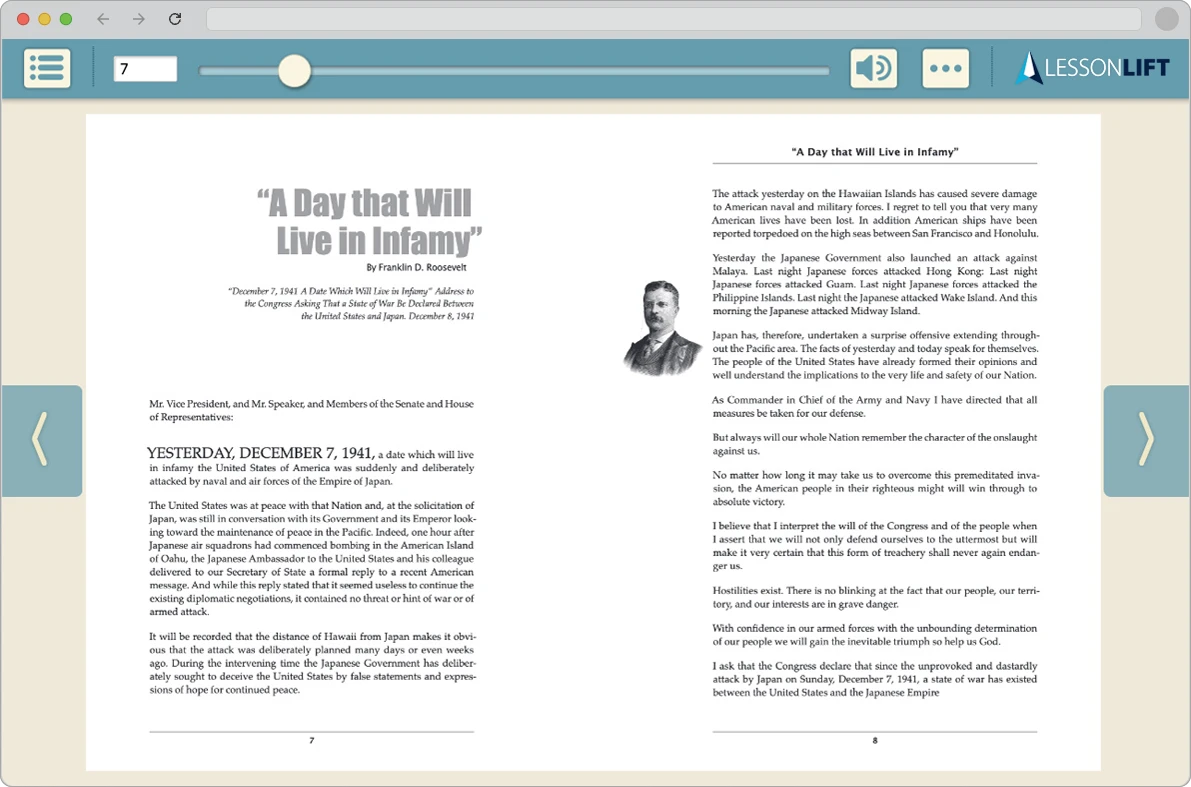LessonLift
To design, build and launch this intuitive platform for customizing and distributing classroom materials required seamless cross-functional collaboration, thoughtful user-centered design, and an immensely talented agile development team.
Challenge
Through a series of interviews with educators and subject matter experts, it became clear that the tools and processes available to them for creating and sharing custom classroom materials with their students were overly complex and burdensome. They required an easy-to-use, yet powerful, solution. XanEdu had an existing product that provided a starting point but lacked audience-specific functionality and workflows.
The proposed solution would have to be implemented during a period of rapid growth for the company with new stakeholders joining the project at different intervals.
Solution
Collaborating with a range of stakeholders across departments, I led the UX design effort—from wireframing and prototyping through front-end development. Throughout the process, research insights served as a lodestar for prioritizing work to deliver the highest impact for users and the organization. The result was an MVP released on time that addressed key custom content creation and sharing obstacles—and was easy to use.*
* Validated through usability testing.
Takeaway
Ensuring successful UX goes beyond optimized workflows and interactive prototypes—it continues through development as I work directly with engineers in sprints, defining and prioritizing tasks, refining designs iteratively and performing design walkthroughs during code reviews. This end-to-end approach ensures a seamless experience and drives product success.
For LessonLift, I was fortunate to be part of a talented agile development team where the critical role that UX plays in the success of a product was well understood. After the launch of the MVP, we continued to iterate—based on a dynamic roadmap that reflected usability test results, users’ needs, and evolving business goals.
Approach
Strategy
Working in close collaboration with our CTO, I helped map out a strategy for customizing an existing content management and distribution platform our team had created for our new K-12 audience. To meet the needs identified by our users required adding new workflows and tailoring existing ones.
As they joined the project, we worked with our new SVP of Product, and an external domain expert, to further solidify the approach and dial in a project plan.
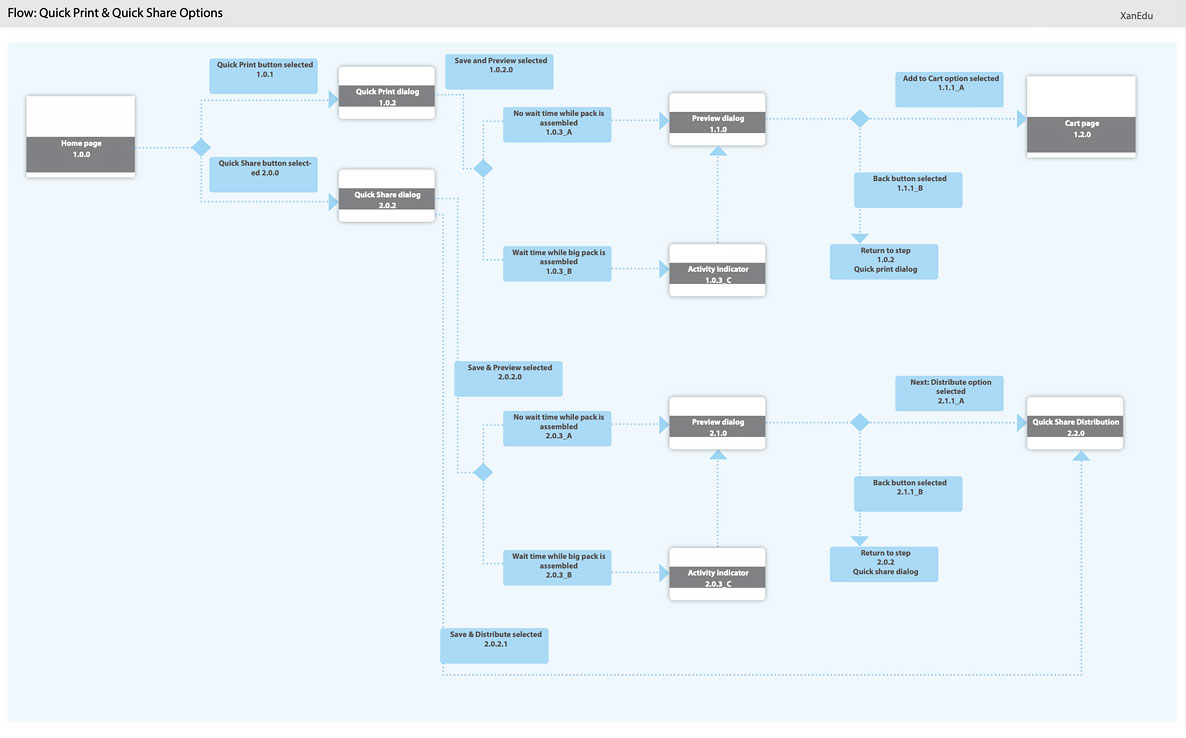
Wireframes
To streamline collaboration, I created low-fidelity wireframes that enabled quick iteration and team alignment as feedback was integrated. We checked in with engineers to maintain a realistic approach throughout the process.
To ensure that communication was clear and captured to facilitate subsequent phases, I created light documentation that could be easily edited and maintained, and would later inform, and accelerate, the development process.
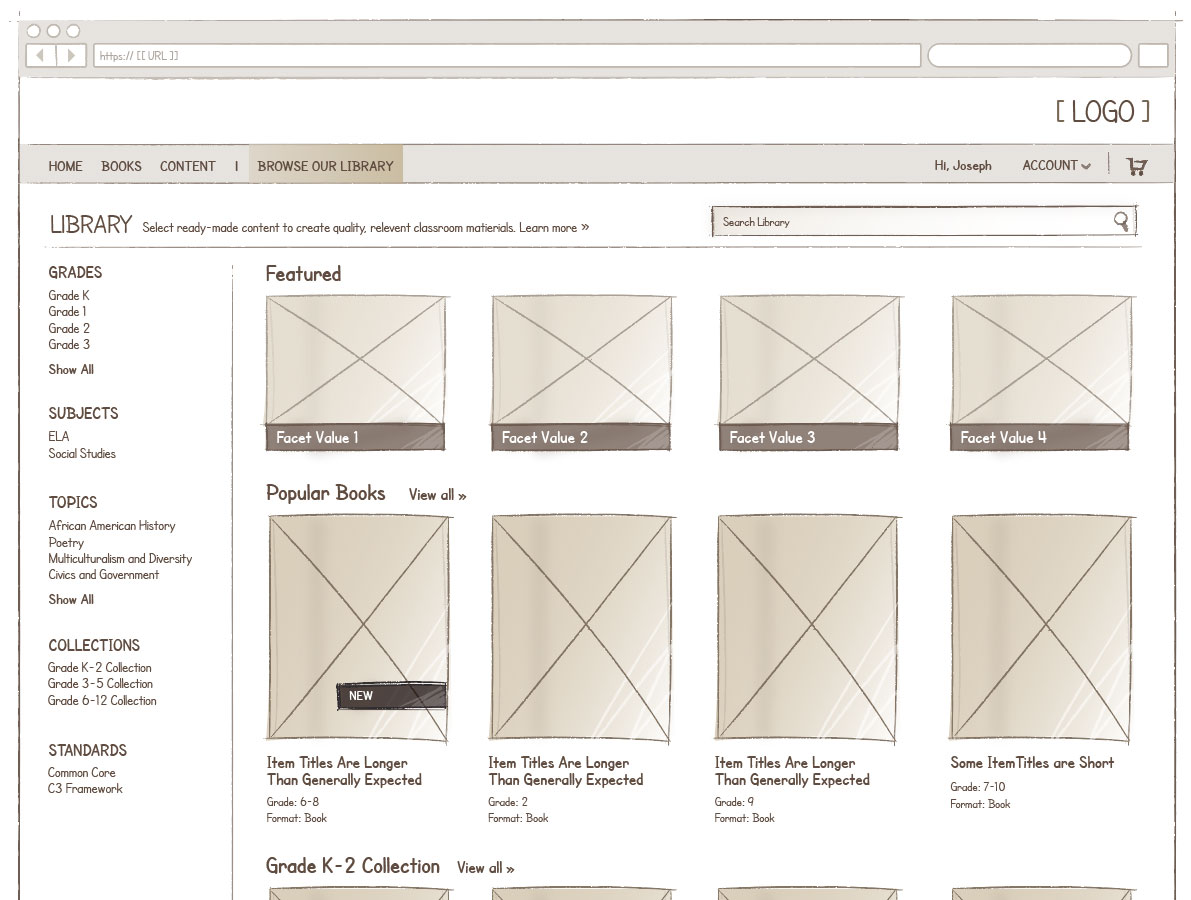
Interface & Visual Design
To continue ensuring stakeholder alignment and surfacing hidden assumptions, I mocked up key app views and states to aid discussions. Maintaining our strategic approach, we relied on the existing design system established for a previous application—we made adjustments in key areas where it would have maximum impact for the new audience.
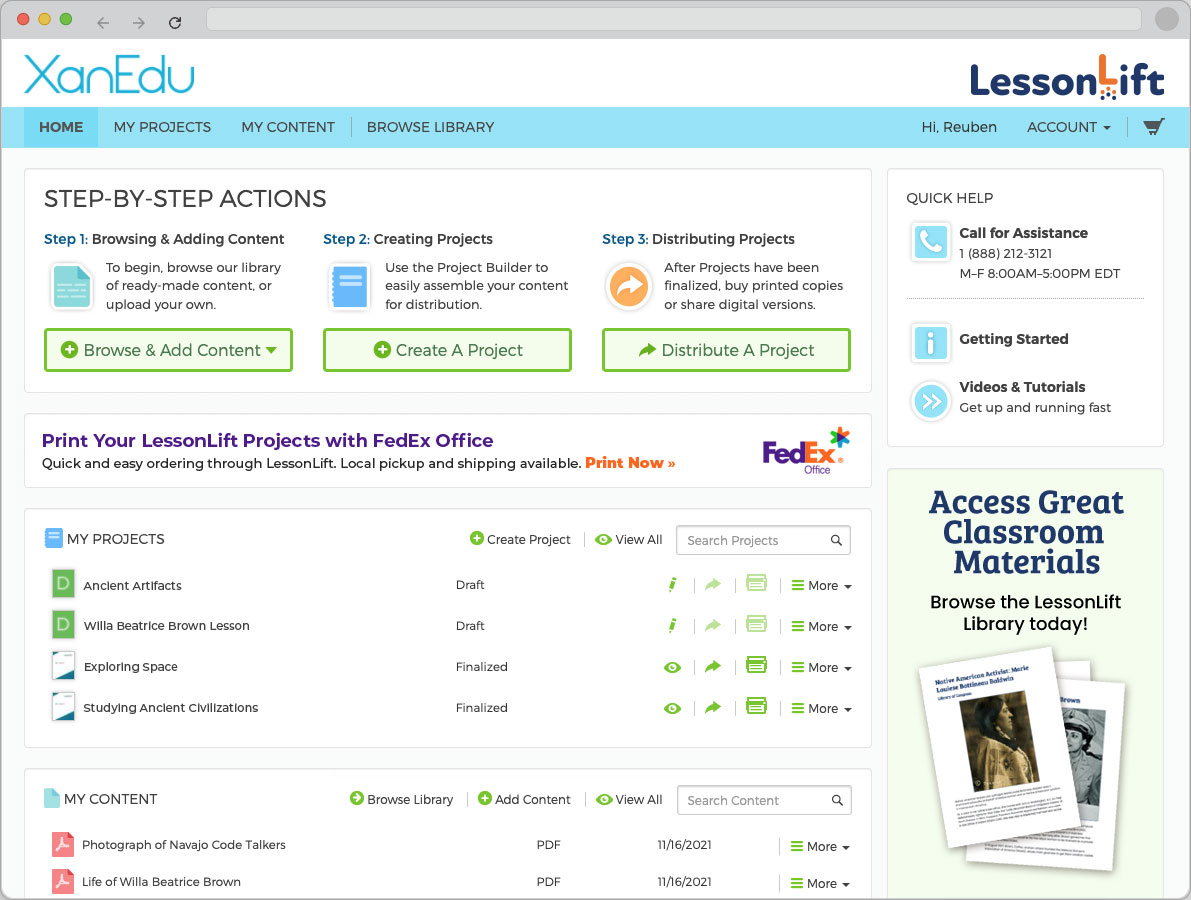
Prototypes
With the visual design dialed in, we continued our strategic approach, creating interactive prototypes for specific areas within the application.
Relying on an existing design system, updated for the purpose, allowed me to create prototypes efficiently using the HTML and CSS that would be used in the end product—resulting in accelerated front-end development.
The prototypes further enabled collaboration across departments. And with our engineering team, helped us further strategize for efficiencies in development.
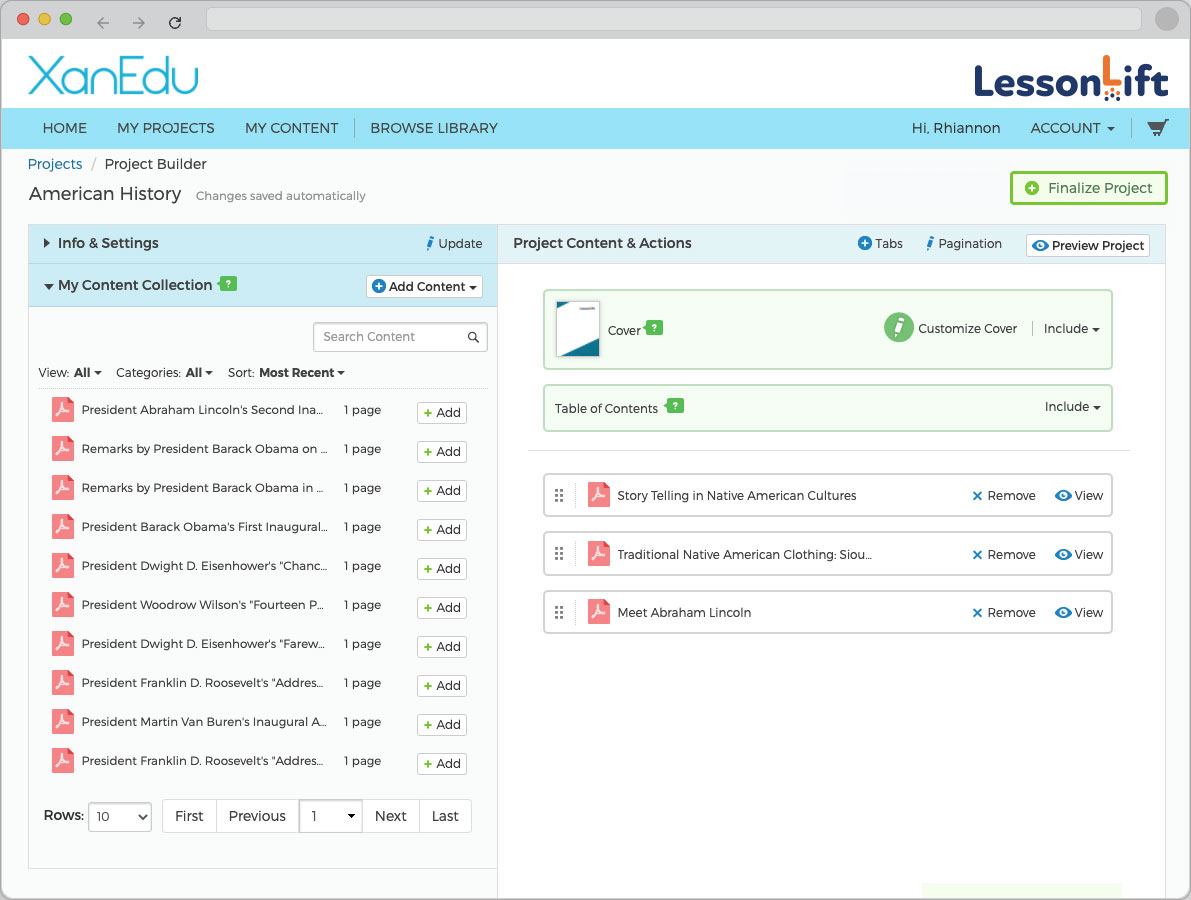
More Case Studies
The eReaders | Product/UX Design: For one of my favorite product design projects, view my eReaders case study
NextLesson | Product Management & UX Design: For a vibrant K-12 interactive lesson platform view case study
Blog2Print | Product Management & UX Design: For a popular web-to-print platform view case study

